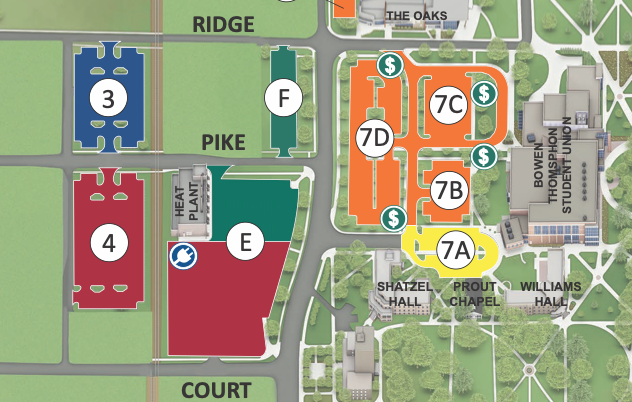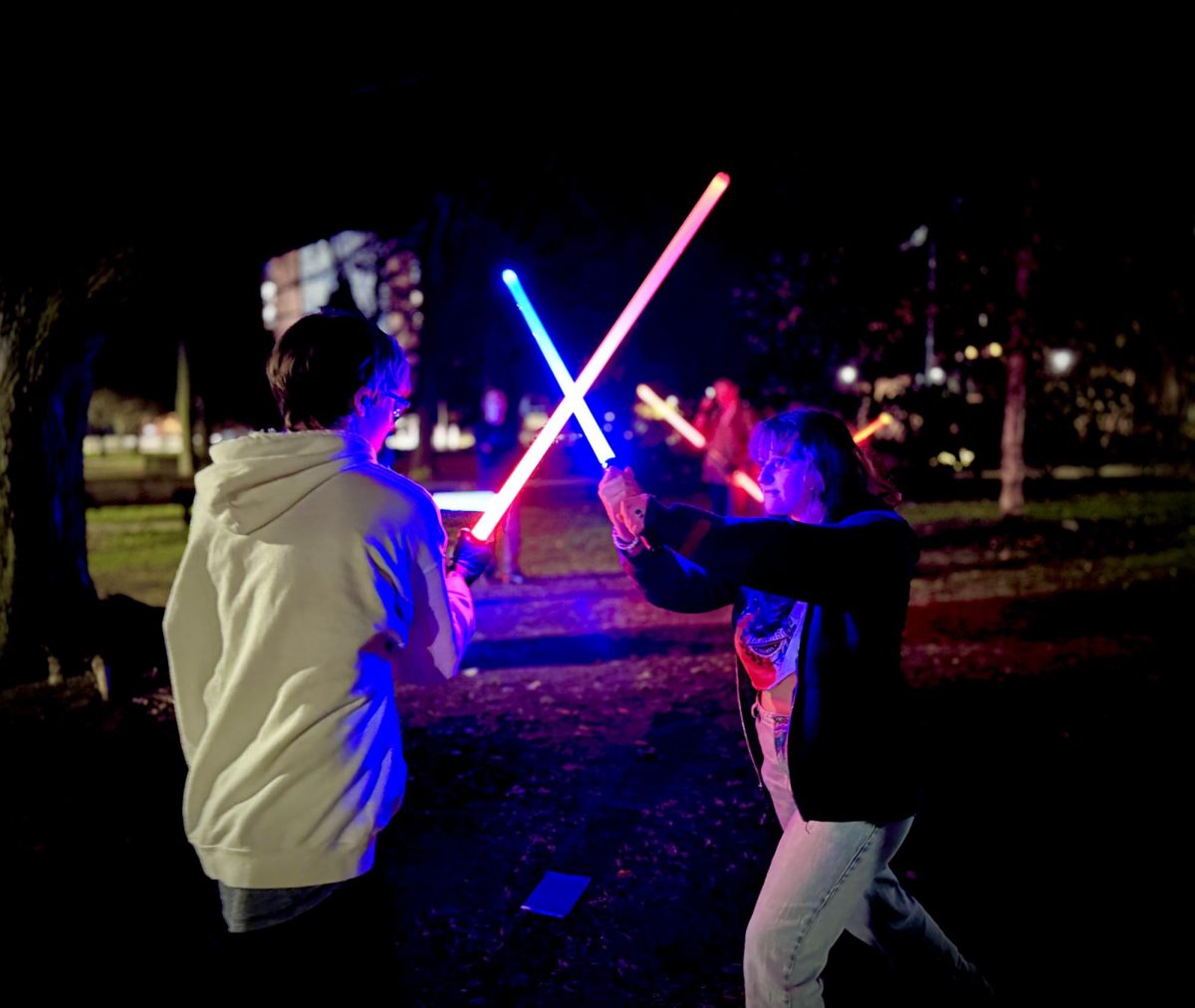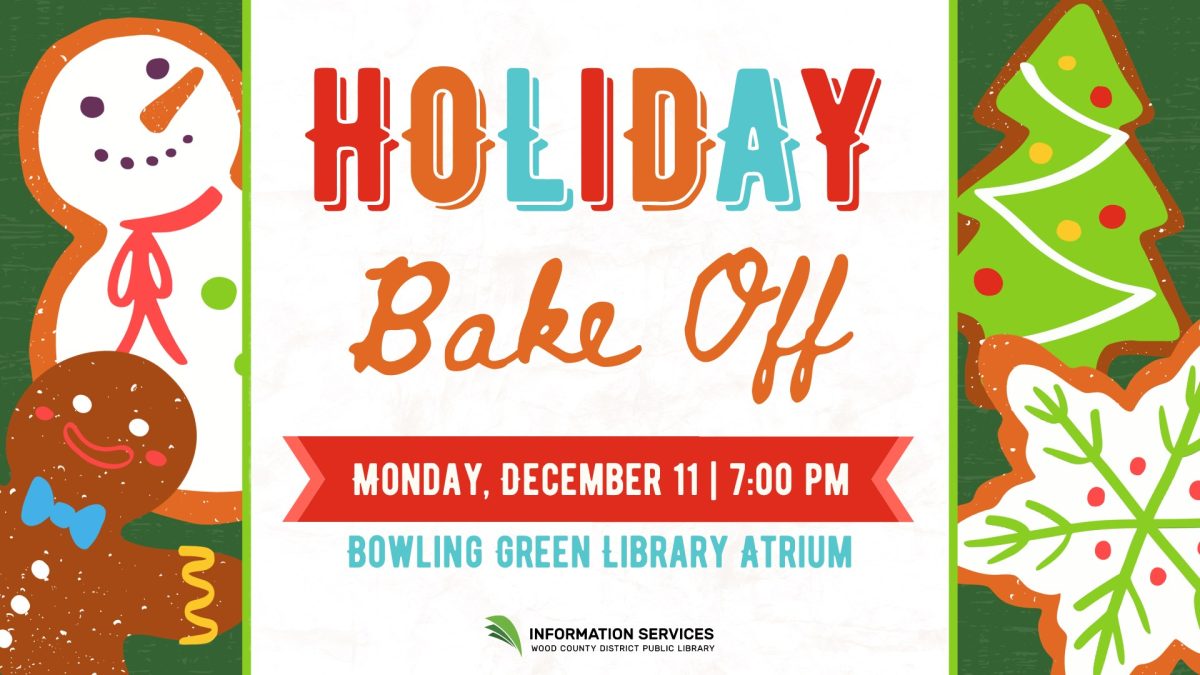Drivers traveling on local roads near the University golf course shouldn’t worry about errant balls.
As the Forrest Creason Golf Course, located near Interstate 75, approaches the end of its first month of operation of 2014, no incidents have occurred due to flying balls.
The course, managed by the Department of Recreation and Wellness, will gradually experience an increase of student and public golfers in the coming months, but that doesn’t mean that there will be a rise in golf ball-related incidents.
“Occasionally balls come from out of bounds,” said Kurt Thomas, director of the course.
Thomas said accidents do happen, just not as often as many might think. He estimated only one or two loose balls cause damage any given year.
At the course located on the northeast corner of campus, four holes run parallel to roads.
Hole 17 runs adjacent to Mercer Road; holes 10 and 18 are adjacent to Poe Road; and hole 14 runs along Stadium Drive.
While hole 14 shouldn’t be much of a concern because it is along a low traffic road, it’s understandable why some drivers might be worried about balls near Mercer and Poe roads.
Lots 12 and 18 near the Perry Field House are often full of on-campus and off-campus students’ cars.
The speed limit on Poe Road is 50 mph until the intersection at Mercer Road. After the intersection the limit reduces to 35 mph. Higher speeds could be a factor for increased damage if golf balls were to strike a moving vehicle.
Players are sure to be careful when playing the edge of the course, however. The University golf course, like many other golf courses, doesn’t accept liability for damage caused by rogue golf balls near the course.
“I’ve seen it happen,” freshman Brett Rinker said. “If someone hits a snapper and the wind’s going the right way, it can bounce [to Lot 12].”
Rinker plays on the University golf team with Eli Stacy and they said they understand why the University won’t pay for damage done by golfers.
“If I hit a house on another course it’d be my fault.” Stacy said.
When a golfer on the University course hits a ball out of bounds, they are financially responsible for any damage caused by the ball. If the person whose property was damaged can’t locate the golfer, they must pay.
Betty Birr, who works as the office manager for the Bowling Green Country Club on Fairview Avenue, said members try their best to avoid damaging property in the area.
“Our members stay out of [homeowners] yards. If a ball is on our side of the sidewalk, they can get it,” Birr said.
The country club sits in the middle of a residential area near the city park. Cars often travel near the course and dozens of homes line the course.
Birr said the club has the same policy regarding damage caused by golf balls as the University course. The club isn’t liable for damage caused by golf balls. The golfer who hit the ball is responsible for any damage caused.
Insurance policies for homeowners and car owners near golf courses would cover damage caused by golf balls, Birr said.
According to an employee from Organ Collision on Newton Road, windshield repairs and replacements would have to be done by mobile companies and could cost up to $300. Small dent repairs could cost between $75 and $100 per dent as well.
If in the slim chance a car near the University course is struck by a golf ball, car owners can rest assured golfers and staff at the course always act in good faith.
“If your car gets hit we’ll help you locate who did it,” Thomas said.













